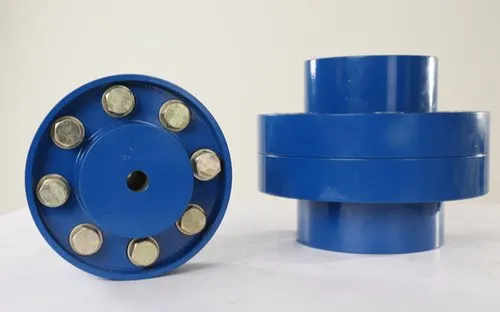Couplings are a crucial machine component that connects shafts. They transfer power between generators, pumps, motors, and other equipment.
Finding the right couplings for your machinery can be challenging. This is because these essential parts come in a wide variety of sizes and shapes.
But do not worry. We have compiled all the things you need to know about the various kinds of couplings.
Types of industrial couplings
Kor Pak provides industrial couplings in two varieties: flexible and rigid ones. Selecting the appropriate type is essential for every application.
Flexible couplings
This is made to allow for a certain amount of shaft misalignment. Thanks to its flexibility, the coupling can adjust to changes. Sinking foundations, temperature fluctuations, and manufacturing tolerances may cause these changes.
Elastic components or sliding surfaces are used in common flexible coupling designs, such as gear, grid, bellows, and disc types. This is to allow for angular, parallel offset, axial motion, or combinations of these shaft misalignment levels. This prevents misalignment-related wear and tear on other drivetrain parts, such as bearings.
Rigid couplings
These establish a strong, reliable connection between the two shafts. Rigid couplings can transmit extremely high torques and rotating speeds with minimal to no flexibility. They ensure positional accuracy by accurately aligning the shafts.
Rigid couplings such as sleeve, clamp, or flanged kinds are perfect for test rigs, rolling mills, machine tools, and other high-torque applications requiring precise shaft alignment. Once placed, however, there is no room for flex or movement.
Differences between rigid and flexible coupling
The main distinctions between rigid and flexible couplings allow them to be used in various contexts. Here are some illustrations:
- Torque capability: Rigid couplings can transmit larger torque levels because of their robust shaft attachments. Higher torques cause some derating in flexible couplings.
- Misalignment: Flexible couplings allow for axial, parallel, and angular shaft misalignments because of their internal elasticity. Rigid couplings do not tolerate shaft misalignment.
- Acceleration/deceleration: Flexible models reduce torsional vibrations caused by shock loading or acceleration. Rigid connections transmit these forces instantly.
- Assembly: Installation of rigid couplings necessitates exact shaft alignment. Flexible models can accept a certain amount of misalignment when assembled.
Things to take into account while selecting between them
The following elements will assist you in selecting the coupling type that best suits the application:
Torque requirements: Rigid couplings are typically a preferable choice if very high torque transmission is required, while flexible versions suffer from torque derating.
Rotation precision: Rigid couplings aid in maintaining the required precision in situations where precise shaft alignment and positional accuracy are essential.
Misalignment allowance: Flexible couplings should be utilized to address any predicted or allowed shaft misalignment.
Space restrictions: Flexible models frequently take up more room than rigid counterparts. This is because of the numerous internal flexible components, including tires, rubber components, or bellows.
Conclusion
A coupling is a crucial component of any machine. It is the primary component of every industrial or electrical machinery’s rotating mechanism. Planning and careful consideration are important when choosing each coupling. The torque weight ratio, or the specific amount of torque needed, determines which of the several coupling types should be used.






